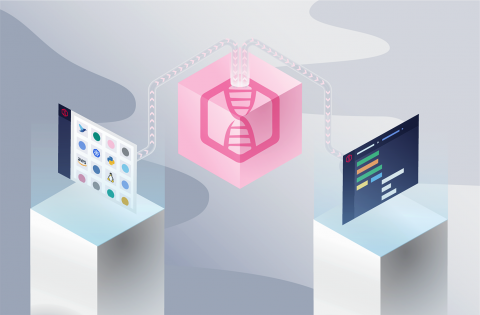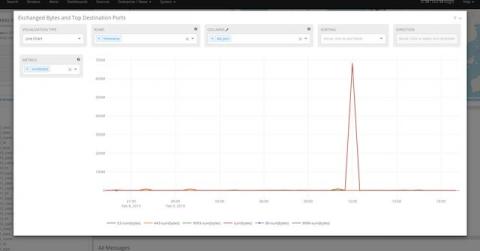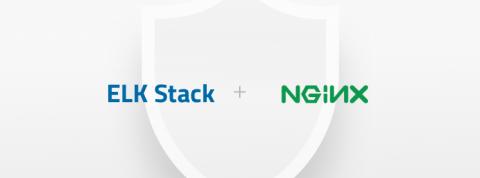Logging Agents vs. Logging Libraries: Which Should You Use?
When logging applications to a centralized location like LogDNA, developers have two options: using a logging agent or using a logging library. Both approaches will get your logs to their destination, but choosing one over the other can have a significant impact on the design of your applications and infrastructure. In this article, we’ll explain the difference between logging via agents and logging via libraries, and which approach works best in modern architectures.











